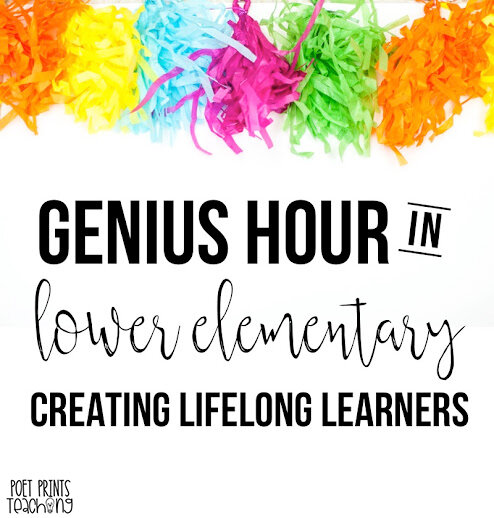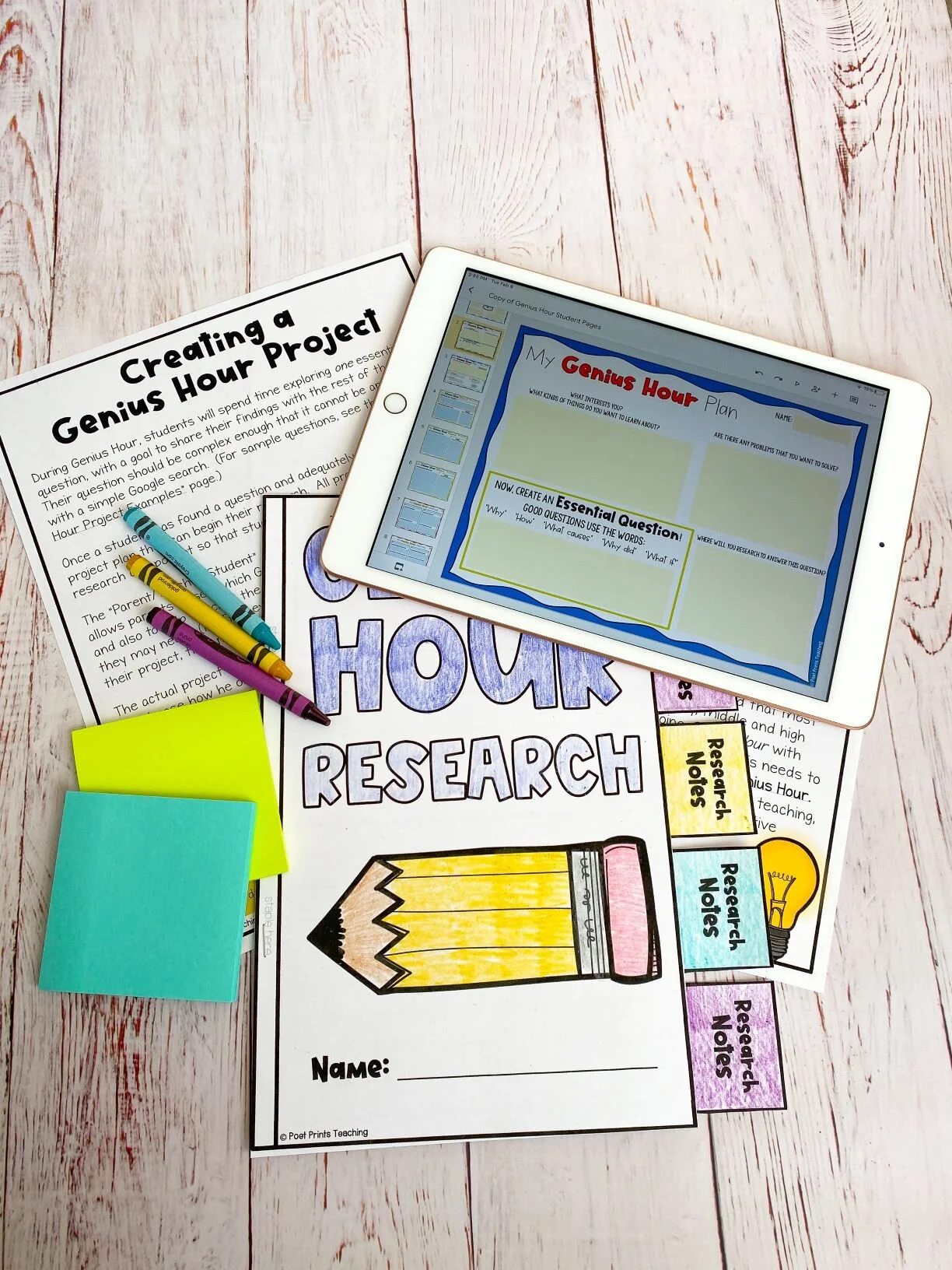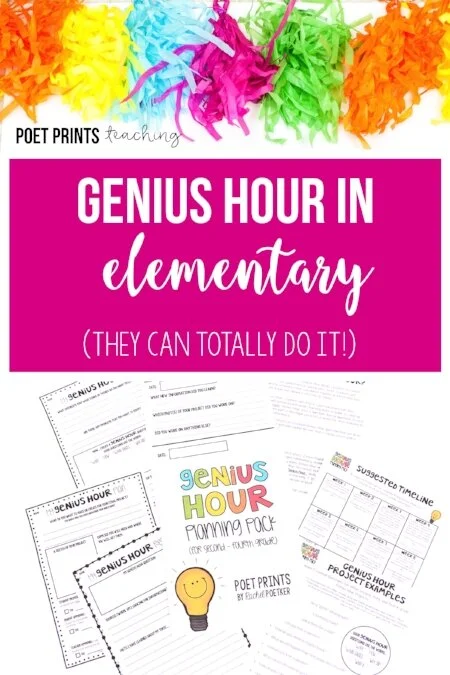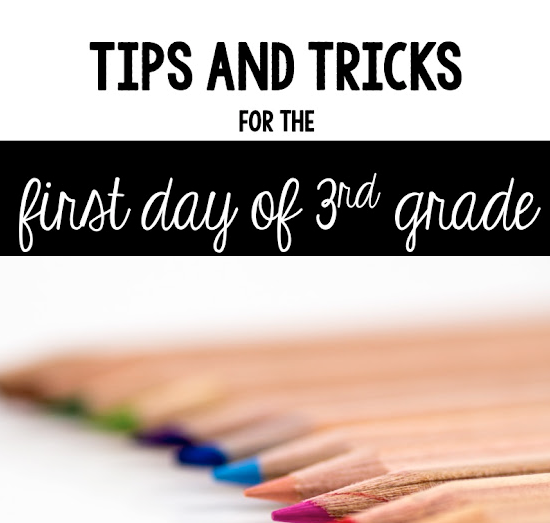I teach in a Christian School. I believe in Bible-based education that not only teaches about the Bible, but also trains children up the ways of Jesus. I thought I'd share a few of my favorite Bible resources verses, websites, and curriculums that I use regularly in my classroom
Blogs: Faith in the Classroom
Preparing for Easter in the Christian Classroom
Easter is one of the most important times in the faith community. Take a peek at how we prepare our hearts and minds for this important holiday with what we read and the lessons we take part in.
Christian Education Resources
Scripture Memory : I love Bible Memory because I think that hiding God's word in your heart is such an important and lifelong tool! Starting from a young age, children can begin to memorize age-appropriate verses of the Bible that will carry through to the rest of their lives. In K and 1 we use Bible Memory ABC's for Preschool and Kindergarten and in second to fourth-grade students move on to Bible Memory - 21 Essential Verses for First-Sixth Grades. I also wrote a Bible Memory for teachers. I firmly believe that we, as teachers, should be modeling what it looks like to live Christ-centred lives. For me, that looks like actively memorizing the Bible in front of my students. (Bible Memory for Teachers available here, completely free)
Teaching Students to Pray - A Visual Guide
At the beginning of the year I always spent a portion of time teaching my students how to pray. I want them to move beyond seeing God as an almighty-wish-granter. I want them to have a back-and-forth relationship with their Creator. The poster below is just part of how I do this. (Grab it for free.)

Whole Hand Prayer - three free posters and a blank journaling page -grab these free prayer printable worksheets in my free resource library.
Teaching children to pray can be a daunting task. We want each child to know that they can have open and honest communication with their heavenly Father, without thinking of him a a 'genie' who grants their every wish. Check out this Prayer Journal unit for a step-by-step guides on prayer based on the Lord's Prayer in Matthew 6, and grab the free poster set by clicking the link above.
Bible Story Units - Great for School & Sunday School

We use these units in Sunday School and in our lower grades (Pre-K and Kindergarten). They teach Bible-based vocabulary, storytelling elements, and are just a lot of fun!
If your students are older, check out my Dig Deeper series that asks students to dig into God's Word to discover Biblical Truths and promises. These resources meet both Common-Core and Canadian standards, and allow students the opportunity to discover their creator on a deeper level.
Promises from God Learn the fundamental promises God has made to us throughout scripture. Students will discover that their foundation can be built on the unbreakable promises of their Creator.

Teach students to turn to God's word in every situation as they explore Bible through individual written projects.
My Identity in Jesus...
A project to help students explore their God-given identities! Students will create "I am" statements based on Bible truths using writing, matching games, and art projects.









































































